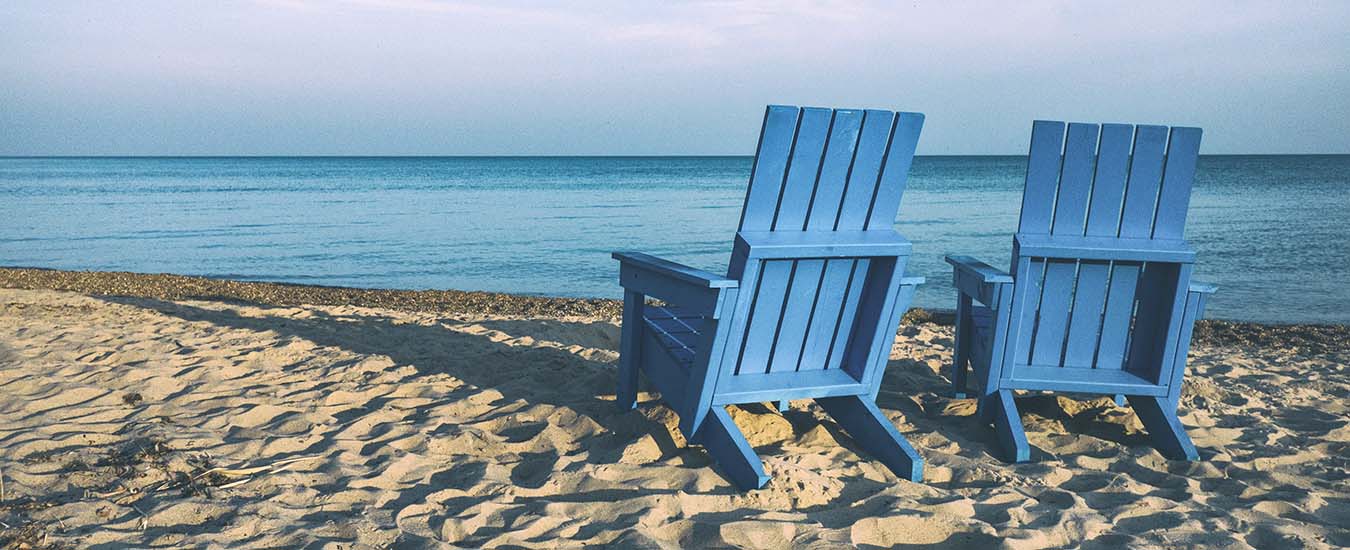A single culture straddling the international border
Waterways often act as natural barriers between nations, but in northern New Brunswick and northern Maine, the St. John River links the land that lies between Canada and the United States. The river knits together a francophone culture whose people share a common history and in this region, you can enjoy a "two-nation vacation," driving through a sleepy, delightfully old-fashioned corner of North America, that is really two sides of the same coin.
A north-south loop follows the course of the river-from Florenceville/Bristol, at the southern end of New Brunswick's potato country and home to Potato World (www.potatoworld.ca, a fascinating little museum explaining everything you ever wanted to know about the humble spud), north along Highway 2, then across the Canada/US border into Fort Kent, Maine, along Route 1. The loop around the river can be covered fairly easily in a day, but to really savour the flavour of the region, it's best to spend two, or even three days, in the north.
The fun of this "two-nation vacation" is meandering along the St. John River, stopping at museums and historic sites and chatting to the locals who love to tell visitors about their unique francophone culture. Most of the French-speaking people who live in the region today-on both sides of the border-are descended from Acadians who moved during the 1780s after being expelled from other areas of Atlantic Canada for refusing to pledge allegiance to the British Crown.
Forget your textbook Parisian French! The language spoken here (an eclectic mix known as "Brayon"-a term derived from the textile industry)-is a confusing blend of Acadian and Quebecois French, with a sprinkling of North American English, native expressions and Scots/Irish idioms, thrown in for good measure. English is, however, widely spoken on both sides of the St. John River.
Driving north, we stopped at Grand Falls/Grand-Sault, one of the few cities in Canada with two official names. The falls in question are created by the St. John River, which, at this point, hurtles over a 23-metre precipice, squeezing through a dramatic gorge that can be explored on foot or by pontoon (http://www.grandfalls.com/english/fallsgorge.html).
Our next stop was Edmundston, a city that locals (tongues firmly in their cheeks) refer to as the "capital of the Republic of Madawaska," a description harking back to a boundary dispute between the US and Canada. In the early 19th century, this part of New Brunswick was considered to be British territory, but in 1817, a group of rebellious Americans led by John Baker, planted a homemade flag and declared the area to be the "American Republic of Madawaska."
Fortin du P'tit Sault, a blockhouse high above the city (it has an opposite number in Fort Kent, Maine) commemorates the Aroostock War (1838-39), a bloodless conflict that finally confirmed the St. John River as the natural boundary between New Brunswick and Maine. (Edmundston's other attractions include an 18-hole golf course, a historical museum and a magnificent botanical garden.)
West of Edmundston, just before the Fort Kent crossing, we stopped by Maurifils, a family farm run by Regis and Patricia Ouellet. Regis, one of 16 siblings, is a talented farmer of the old school, who turns his hand to almost anything to make a living-raising goats, tapping maple trees and logging his woodlands with horses.
Over in Fort Kent, we ran into another farming family, the Bouchards, Acadian Americans who grow buckwheat, the main ingredient of local pancakes known as "ployes". This hearty fare is found on both sides of the border and is a feature of Edmundston's Foire Brayonne, an annual festival held in July. www.foirebrayonne.com
Madawaska, across the river from Edmundston, also showcases its francophone heritage. June 28 is Maine's official "Acadian Day" and every year, during the weekend closest to that date, Madawaska stages an Acadian Festival, a lively affair with fiddle music, folk singers, accordions and large family reunions. www.townofmadawaska.com
From Madawaska, we drove to Lille, a tiny hamlet dominated by the imposing Musée Culturel du Mont-Carmel, a converted Roman Catholic Church topped by twin belfries and angels blowing trumpets-the work of Louis Jobin, a renowned Québecois sculptor. Artifacts inside the museum document the francophone culture of the region, as do exhibits at the Acadian Village, a folk museum in Keegan, 15 minutes to the south. A dozen or so 19th century homesteads and other buildings, some moved here from other sites, make up the museum complex.
Our "two-nation vacation" ended at the Van Buren (Maine)/St-Léonard (New Brunswick) border-two communities that are so close together they share one municipal flag. At this point, the St. John River starts to pull away from the Maine border and the francophone kingdom of the north, but the drive along its shores flanked by farmland and small communities, is scenic and restful-all the way south until you hit Fredericton, easily one of Canada's most attractive capital cities.
